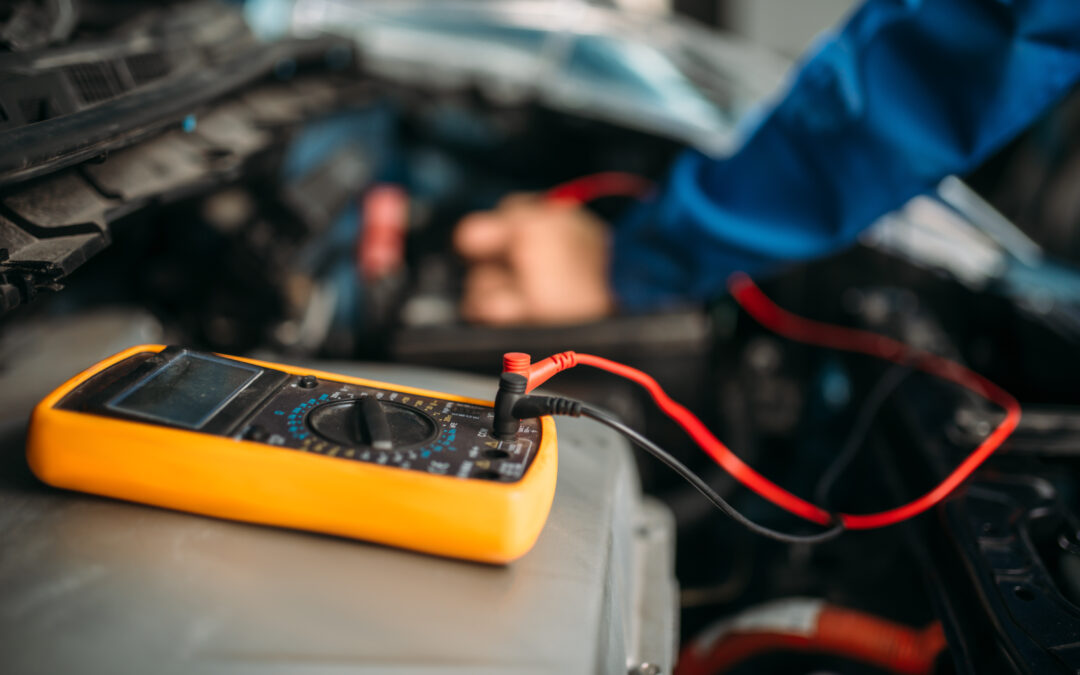Have you ever come back to your car after leaving it parked for a few days, only to find that the battery is dead? You might have encountered a common issue known as parasitic drain. Parasitic drain, also referred to as phantom drain or key-off drain, occurs when an electrical device or system draws power from the battery when the vehicle is turned off. This drain can gradually deplete the battery’s charge, leading to starting problems or a completely dead battery.
What Causes Parasitic Drain?
Parasitic drain can be caused by various components and systems within a vehicle that continue to draw power even when the ignition is turned off. Some common culprits include:
- Interior Lights: Lights that remain on even when the doors are closed can contribute to parasitic drain.
- Electrical Accessories: Accessories such as aftermarket stereos, alarms, or GPS systems may draw power constantly if improperly installed.
- Faulty Electrical Components: Any malfunctioning electrical component, such as a relay that fails to switch off, can lead to parasitic drain.
- Module Malfunctions: Modern vehicles contain numerous electronic control modules that can malfunction and draw excessive power when the vehicle is turned off.
Testing for Parasitic Drain
Identifying and testing for parasitic drain is essential to prevent battery-related issues. Here’s how you can test for it:
1. Voltage Measurement:
- Disconnect the Battery: Start by disconnecting the negative terminal of the battery to prevent accidental short circuits.
- Wait: Allow the vehicle to sit for about 30 minutes to let any electronic modules enter a sleep mode.
- Set Up Multimeter: Set your multimeter to measure DC voltage and connect it in series between the negative battery terminal and cable.
- Reading Voltage: A healthy vehicle typically has a parasitic drain of 25 milliamps (mA) or less. If the reading exceeds this threshold, further investigation is needed.
2. Component Isolation:
- Fuse Removal: Using the vehicle’s manual, identify the fuse associated with each electrical system.
- Testing: Remove one fuse at a time and observe if there’s a drop in the current draw indicated on the multimeter. When you notice a significant drop, you’ve likely identified the circuit responsible for the parasitic drain.
- Component Inspection: Investigate the specific components connected to the circuit identified. Look for any signs of malfunction or wiring issues.
3. Professional Diagnosis:
- Diagnostic Tools: If you’re unable to identify the source of the parasitic drain, consider seeking assistance from a professional mechanic equipped with advanced diagnostic tools.
- Module Scan: A scan tool can help identify any fault codes stored in the vehicle’s electronic control modules, pinpointing the source of the drain more accurately.
Conclusion
Parasitic drain is a common issue that can lead to battery depletion and starting problems if left unchecked. By understanding its causes and employing proper testing methods, you can diagnose and resolve parasitic drain issues effectively. Regular maintenance and prompt attention to electrical issues can help ensure the reliable performance of your vehicle’s electrical system. If you’re unsure about diagnosing or fixing parasitic drain, don’t hesitate to seek assistance from a qualified automotive technician.

